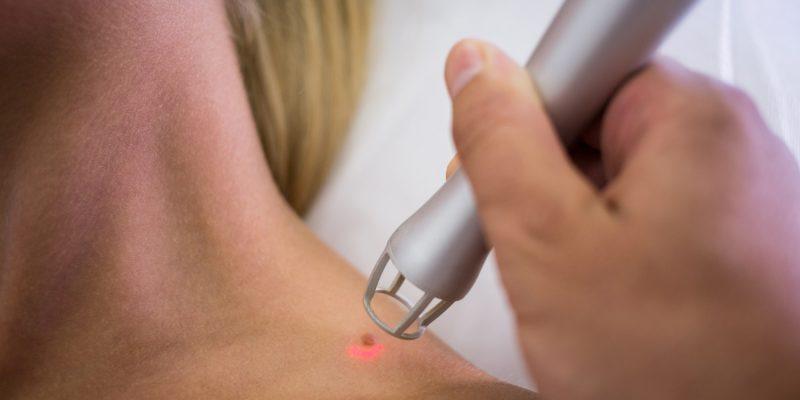Mole Removal
The majority of moles are safe, but if one appears worrisome, your doctor may advise having it removed. Additionally, moles can be removed for aesthetic purposes. The operation is short and shouldn't cause pain after the region is numb, whether you undergo a surgical removal or a simple cutting to remove a mole. You can have tingling or burning in the region for a few days following the surgery.
How to remove?
A mole is removed from your skin by a dermatologist by shaving or cutting it.
Most moles do not need to be treated. However, if you don't like the way a mole looks or feels, you might wish to get it removed.

How do dermatologists remove moles?
The two primary techniques for removing moles are surgical removal and shave excision.
Surgical Excision:
Excision is a method that is frequently used to remove moles. Your doctor uses a scalpel to cut your mole away from your skin surface after cleaning and neutralizing the region. To guarantee that each of the abnormal cells are eliminated, they may take a margins of healthy skin based on the kind of mole.
Shave Excision:
Shave excision is another method often used to remove moles. Instead of cutting a mole out, your doctor might be capable of removing it by shaving.
Your healthcare professional delicately trims the growth to the level of the skin surrounding it using an one or double-bladed razor during shave excision mole removal.
When should you see a doctor?
Get in touch with your doctor if your mole:
Either hurts or itches.
Has bleeding or discharge.
Grows or takes on new form.
Has asymmetrical sides (not the same shape all around).
When you've reached the age of thirty.

